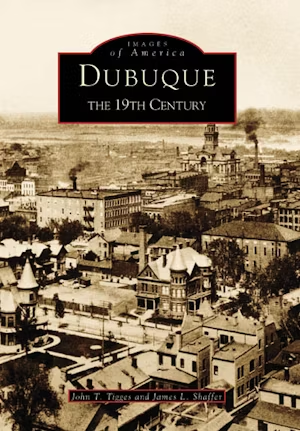
Situated on the west bank of the Mississippi River,
Dubuque, founded in 1833, is the oldest city in Iowa.
The region was originally inhabited by the Mesquakie
Indians. Early settler Julien Dubuque was granted
permission by the Mesquakie to work substantial lead
deposits south of the present city limits, and 20 years later, under the terms of settlement of the Blackhawk War, the area was incorporated and given his name. The tiny settlement quickly grew into a thriving river town, and Dubuque matured as an important shipping center for farm commodities and products of the lea... Read More
Dubuque, founded in 1833, is the oldest city in Iowa.
The region was originally inhabited by the Mesquakie
Indians. Early settler Julien Dubuque was granted
permission by the Mesquakie to work substantial lead
deposits south of the present city limits, and 20 years later, under the terms of settlement of the Blackhawk War, the area was incorporated and given his name. The tiny settlement quickly grew into a thriving river town, and Dubuque matured as an important shipping center for farm commodities and products of the lea... Read More
Format: Paperback
Dubuque, founded in 1833, is the oldest city in Iowa.
The region was originally inhabited by the Mesquakie
Indians. Early settler Julien Dubuque was granted
permission by the Mesquakie to work substantial lead
deposits south of the present city limits, and 20 years later, under the terms of settlement of the Blackhawk War, the area was incorporated and given his name. The tiny settlement quickly grew into a thriving river town, and Dubuque matured as an important shipping center for farm commodities and products of the lea... Read More






